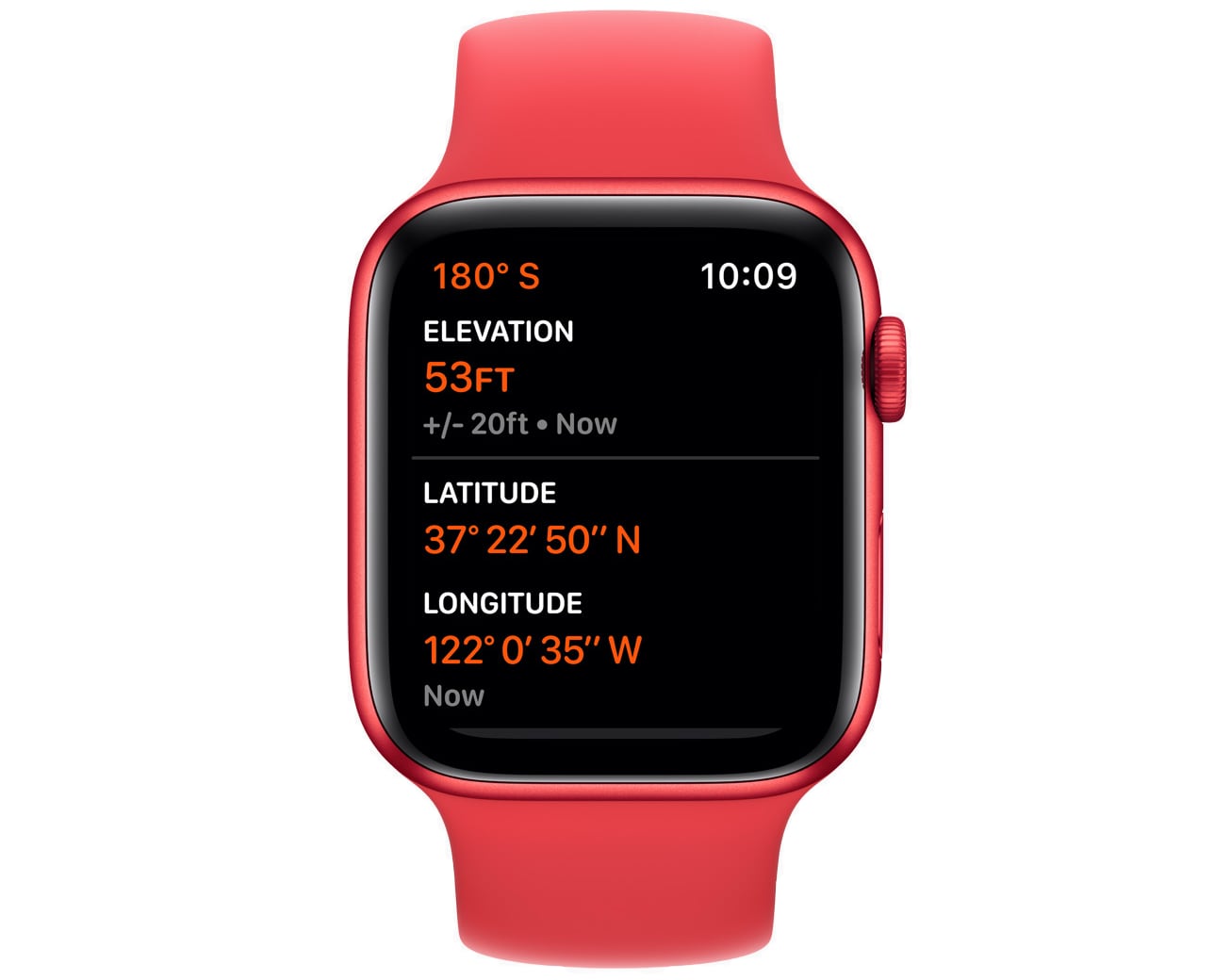
The Apple Watch Series 6 and Apple Watch SE may give incorrect altitude readings in unusual weather conditions, as noted by iphone-ticker.de.

The Apple Watch Series 6 and Apple Watch SE feature a next-generation always-on altimeter to provide real-time elevation information. Apple says that its updated altimeter cross-references information from GPS and nearby Wi-Fi networks to detect even the smallest changes in elevation above ground level, up and down to the measurement of 1 foot.
However, a large number of Apple Watch users in Germany have been receiving altitude readings that were incorrect by a wide margin. Many users reported that their altitude was calculated 200 to 300 meters too high, despite the fact that affected devices had worked correctly in the past.
Users on Apple's German support forums found that a period of low air pressure was causing the Apple Watch's altimeter to give incorrect altitude readings. While it is normal for changes in air pressure to affect barometric altimeters, the problem is usually dealt with by regular recalibrations to the current air pressure value at sea level. However, Apple does not allow users to manually prompt altimeter recalibration, and it is unknown how often the Apple Watch automatically recalibrates itself.
Affected users should still receive correct information when tracking a workout such as a hike, since the Apple Watch records altitude relative to the start point. Nevertheless, it is not clear why some Apple Watches are not using GPS information to link barometric measurements to location. This would allow the Apple Watch to identify when there are fronts of weather that significantly affect air pressure and then prompt altimeter recalibration.
Some users in Germany are reporting that they are still receiving disproportionately incorrect readings, while others have found that the only way to prompt altimeter recalibration was to factory-reset their Apple Watch and iPhone.
Article Link: Apple Watch May Display Incorrect Altitude Readings in Unusual Weather Conditions

